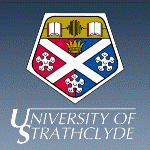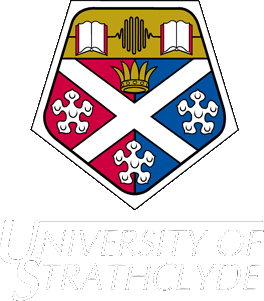
Intro
Marine currents refer to a moving mass of water and the tide is the source of marine current or tidal stream energy. Various sites have been identified as having high tidal velocities and suitable for tidal energy exploitation, and a number of those sites are in the west coast of Scotland.It is possible to extract this marine current energy using different types of technology, however different technology performs to different degrees depending on the site characteristics such as topography (bathymetry), orography and seabed roughness which affect the flow at a site. Much of the research that has been carried out to identify the tidal current resource is low resolution and many researchers have highlighted the need for site specific modelling. As no comparative analysis between the technologies has been carried out to date identifying a suitable technology to match a particular site can be very complex and counter intuitive.
back to topDefinition
Investigate the characteristics of the tidal resources in Scotland and demonstrate how to match those resources with the appropriate marine current technology
To identify how the bathymetry of particular sites affects the tidal current flow characteristics and produce velocity distributions for a number of west coast sites. To model the three main tidal technologies: horizontal axis, vertical axis and oscillating hydrofoil devices, in order to provide a generic review of each technology type. Then to combine the resource and technology information to produce a frame work to assess the suitability of a particular technology for a resource characteristic.
back to topWork Carried Out
In order to outline a process to match the most appropriate technology to a particular resource site, methods and tools to analyse the tidal current resource and the the technology were developed. Numerous tools were developed for this purpose:
- Surface Tidal Current Spreadsheet - Calculates values for mean velocity flow using tidal data
- Velocity Distribution Profiling - A cross-section profile inserted into velocity distribution software and the software generates a 2D velocity profile that evaluates the influence of :
- Bathymetry of the site
- Horizontal and vertical shear due to seabed roughness
- 3 Generic technology models - A horizontal axis, vertical axis and oscillating hydrofoil model that enable values for efficiency and power output to be calculated for various sizes and current velocities
- Significant Impact Factor (SIF) - Energy extraction alters flow, and therefore a tool was developed to calculate whether energy extraction farms would exceed the recommended maximum SIF and the effect of channel blockage
The final methodology
was made up of 2 parts:
- Resource Methodology - Analysing resource
- Technology Methodology - Matching the technology to the resource for the optimal energy extraction
The methodology was applied to a casestudy, the 'Sound of Islay', to assess its robustness and was used to answer some of the following questions:
- What are the various options in terms size, location and spacing of technology types at the site?
- What is the combined power output of the machines and how does economics affect the options?
- What is the environmental impact of the options?
The case study delivered nine options for implementation in terms of size, number, spacing and annual energy output.
- A methodology to assess the suitability of a 3 technology options to a resource characteristic
- A tool to calculate mean tidal velocity
- A velocity distribution tool for 2D crossections
- A generic review and calculation tool for the three main technology types
- A tool to calculate the Significant Impact Factor (SIF)
- A case study to demonstrate the implementation of the methodology for a Scottish West Coast site, the ‘Sound of Islay’
back to top
Conclusions
- Case study showed that there were no clear winners in the different technologies for tidal farms
- While larger turbines have the largest power outputs:
- Low packing density & price make these expensive options
- Optimum; lower SIF & higher number of smaller/alternative devices (dependant on costs…)
- Exploitable energy will not increase even though technology to deploy devices deeper develop due to the SIF limitations
- The project demonstrated that matching the most appropriate technology to a resource matching is a very complex and iterative process and therefore the proposed methodology can be used to simplify this process
Go back to Contents

 Home
Home 
